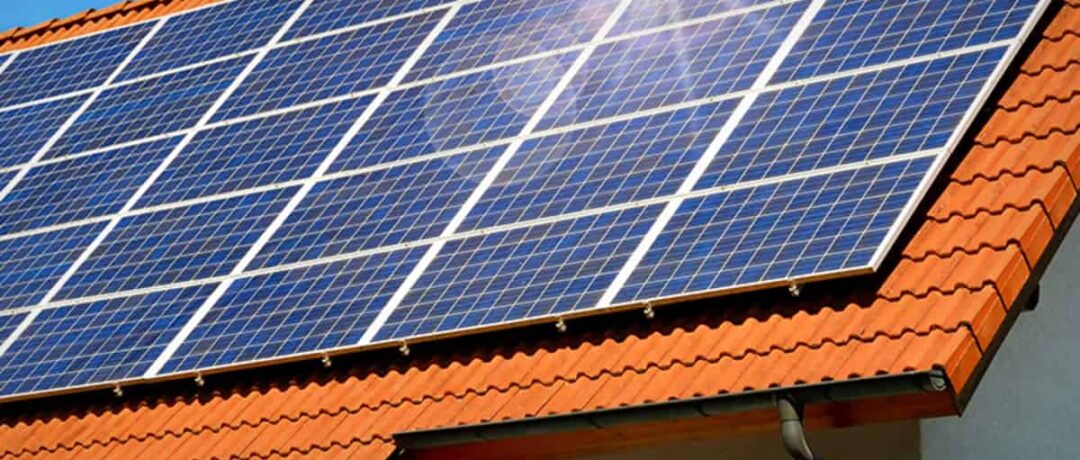If you are familiar with energy output, you may already know a thing or two about measuring electricity. However, even if that’s the case, it’s hard to deny that some terms and definitions can become confusing. Therefore, you might be asking yourself a few different questions, such as how to measure a megawatt hour. Luckily, we are here to unravel the mysteries of energy output and make things much easier to understand.
The Basics of Electricity Measuring
In order to learn how to measure a megawatt hour, you will first need to know the basics. A watt is a basic unit of power that allows us to measure how much electricity there is in a circuit. Similarly, a megawatt is a unit of electrical capacity or electrical load and is equal to 1,000,000 watts.
But why are we using megawatt-hour and not just megawatts or watts? Because it is necessary to measure the exact amount of electrical energy that is used or supplied. Therefore, scientists came up with an electrical measuring unit that can change over time, called megawatt-hour.
What is a Megawatt-Hour?
A megawatt-hour is the amount of electricity generated by a one MW generator that is producing electricity for one hour. In a similar fashion to watt and megawatt conversion, an MWh is equivalent to a kWh. Why is that important? Because most electricity bills report the electricity usage in kilowatt-hours. To put things into perspective, 100 ten-watt light bulbs left on for one hour will use one kWh of electricity.
How to Measure an MWh?
If you want to measure the power consumption of your home, you will have to install a mechanical or smart electricity meter. They will be able to measure the electricity that goes inside your home and your appliances consume. However, most meters report the usage in kWh and not MWh, meaning that you will have to convert it. Simply take the amount of kWh you have, and divide it by 1,000. For example, if the meter reports 830 kWh, then you have used 0.83 MWh.
Why is it Important to Understand How MWh and kWh Work?
As previously mentioned, electrical bills report the electricity usage in kWh at the end of each month. Not only that, but home appliances usually advertise their power consumption in kWh. Thus, understanding the meaning of kWh and MWh allows you to adjust your energy consumption to reduce the power bill. For instance, why purchase a washing machine that consumes 2.25 kWh during a 30 cycle when you can buy one that uses much less electricity? Additionally, you will be able to check if the electrical bill is accurate by measuring your consumption beforehand.
Furthermore, all solar panels use watts and kilowatts as a way to measure the amount of electricity they can create. So, a system of 20 250-watt solar panels will be sold as a five kW system. Without prior knowledge of electrical measurement units, you might be unable to understand just how much electricity a solar system will generate. In other words, if you are looking to switch to alternative forms of energy, then knowing all about MWh and kWh is a must.
The Bottom Line
Overall, whether or not you are looking to save money, knowing how to measure a megawatt hour is essential. Not only will you be able to understand the power bill, but you will also be able to make power-efficient decisions. And if you ever decide to go solar, you will be thankful that you already know all about MWh and kWh. While there is still much to learn about electricity, understanding the basics of power consumption is always a good starting point.
You Might Also Be Interested In These Solar Related Topics
What is a Surge Protector
What I Need to Know About Solar Energy
How do Solar Panels Work?





